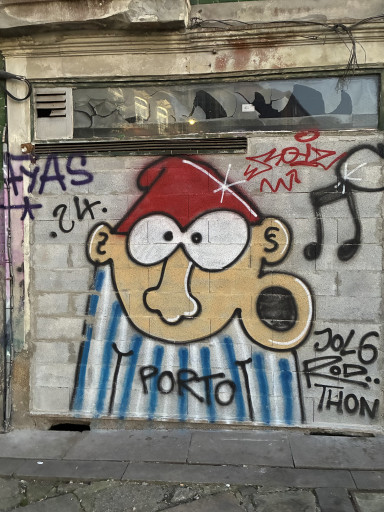

Stephan
Zilkens
,
Zilkens' News Blog 21 2025
Today marks the 595th edition. Kobel's Art Week has now been published for almost 11 1/2 years, accompanied by our news blog. At the suggestion of a gallery owner from Mexico, the entire publication has also been available in English for several years, and for exactly one year (blog 21/2024), the news blog has been adorned with a wide variety of impressions that the author has gathered around the world.
At TEFAF this year, there was some uncertainty as to whether the old master market has a long-term future, partly because certain educational content is no longer being taught, thereby narrowing the base. At Lempertz in Cologne on Saturday, there were several outstanding results – a still life by Jan Davidsz. de Heem achieved EUR 3.55 million including buyer's premium, and a Follower of Hieronimus Bosch, estimated at EUR 50,000–70,000, more than tenfold its estimate. In economically difficult times, such results count double, especially as they were achieved in old art and not with the more accessible contemporary artists. Provenance plays a special role here. You don't necessarily have to go to the USA or England for good auction results.
In Romania, Europeans are staring like rabbits at a snake – will the mood remain pro-European or will the next Putin sympathiser become president? The same game will soon be played in Poland.
In London, there are two personnel changes to report from the art insurance sector: Annabel Fell-Clark, who was supposed to build up the art book at Miller International, is now back on the risk carrier side at CRUX Underwriting, and Lucinda Shelton, who helped build up the fine art and specie business at Lockton, is rumoured to be joining Willis in the future.
At their general meeting in Saarbrücken, the German registrars confirmed the current board. The first chair is Nicole Schmidt, the second chair is Robert Hintz and the treasurer is Marianne Aselmeier. The next European Conference of Registrars is scheduled to take place in Berlin in 2026. The 2024 conference was held in Rome. Berlin cannot compete with that – no Trastevere, no Vatican and, above all, no 3,000 years of art history and archaeology in Brandenburg's sandbox. So other locations in Germany could actually be considered...
The Biennale of Islamic Art in Jeddah is coming to an end these days, and it has been a resounding success for Saudi Arabia and the organisers.
Twelve museums in Denmark are facing mould infestation, which is endangering both the artworks and the health of visitors. In March this year, the Museum of Brest had to be closed because mould was discovered on some of the works. In Denmark, twelve museums are affected by the same phenomenon: an ‘epidemic’ of fungi that, according to The Guardian, is particularly affecting paintings from the heyday of painting. Aspergillus section restricti, a very resistant fungus that thrives in dry environments, has taken hold in twelve Danish museums, including the Danish National Museum and the Skagens Museum. ‘This is a pretty serious problem because these fungi destroy the objects and materials in museums, decimating enzymes and active ingredients and damaging them,’ explained Camilla Jul Bastholm, head of conservation and storage of collections at the Danish National Museum. ‘It is also common in churches, archives and libraries,’ she added. However, mould also poses a health risk to visitors and staff, which could prevent the affected objects from being exhibited. ‘If you have a museum collection that could pose a health risk, you are not allowed to display it,’ she explained. ‘The collection then becomes a dead resource for museums.’ The Danish National Museum has decided to move 116,000 linear metres of artefacts to a new storage facility to combat the mould. We obtained this information from the Journal des arts. From an insurance perspective, the risk carriers can sit back and relax. Damage caused by fungi and similar organisms is not usually covered by insurance. It is usually impossible to determine whether the fungus or other small pests were already active during the insurance period or long before. This is unfortunate for the affected institutions, which now have to hope for government assistance.
Stefan Kobel's annotated press review of the art market can be found here, and we wish you all a powerful start to the new week.
Stephan Zilkens and the team at Zilkens Fine Art Insurance Broker in Cologne and Solothurn
automatically translated